Desk News:
On Saturday, October 14, a celestial spectacle will grace the skies. It’s a rare event, an “annular solar eclipse,” often referred to as the “ring of fire” eclipse. In this article, we’ll delve into what makes this eclipse so captivating, why it occurs, and how you can safely witness this natural wonder.
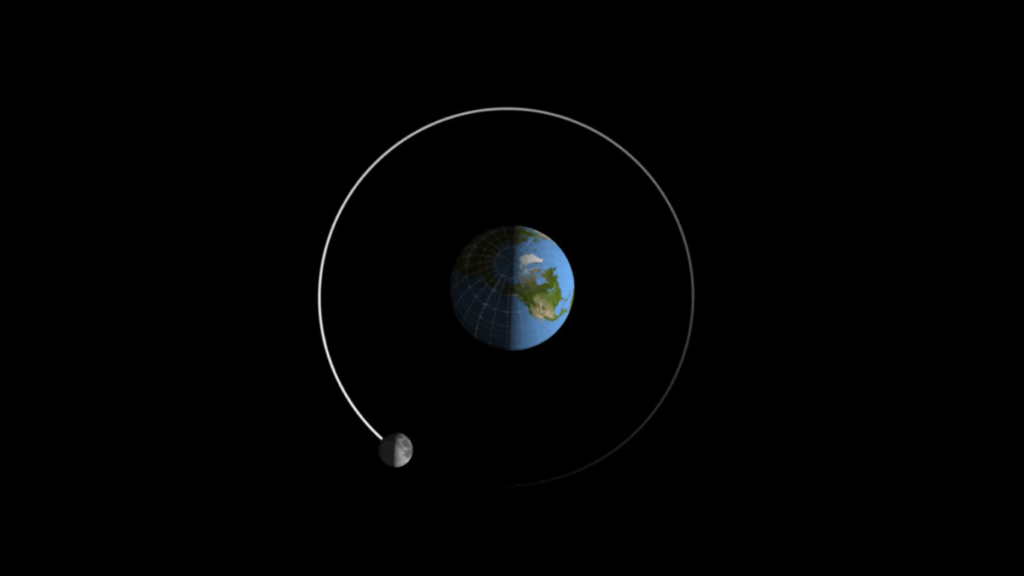
Contents
The Marvel of the Annular Solar Eclipse
As the moon moves between the Earth and the sun, it casts a shadow on our planet’s surface. This phenomenon creates an extraordinary visual treat: the annular solar eclipse. What sets this eclipse apart from the more common total solar eclipse is that, during the annular eclipse, a ring of sunlight remains visible around the moon’s edges.
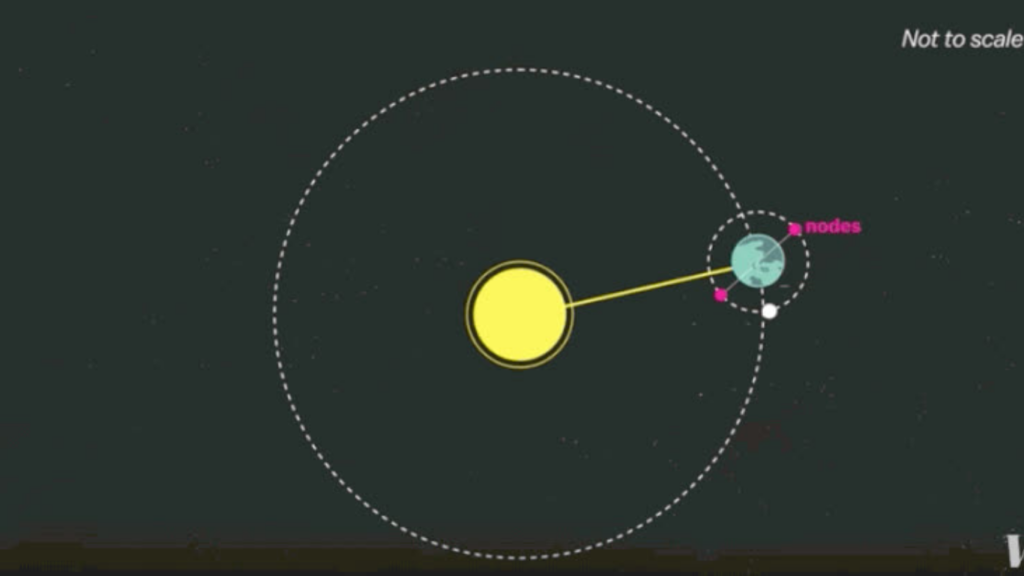
This captivating effect happens because, during an annular eclipse, the moon is slightly farther from Earth in its orbit. This relative distance causes the moon to appear slightly smaller than the sun, allowing a bright halo to surround it, thus earning it the name “ring of fire.” These events are relatively rare, with only 12 expected to occur this decade across the globe.
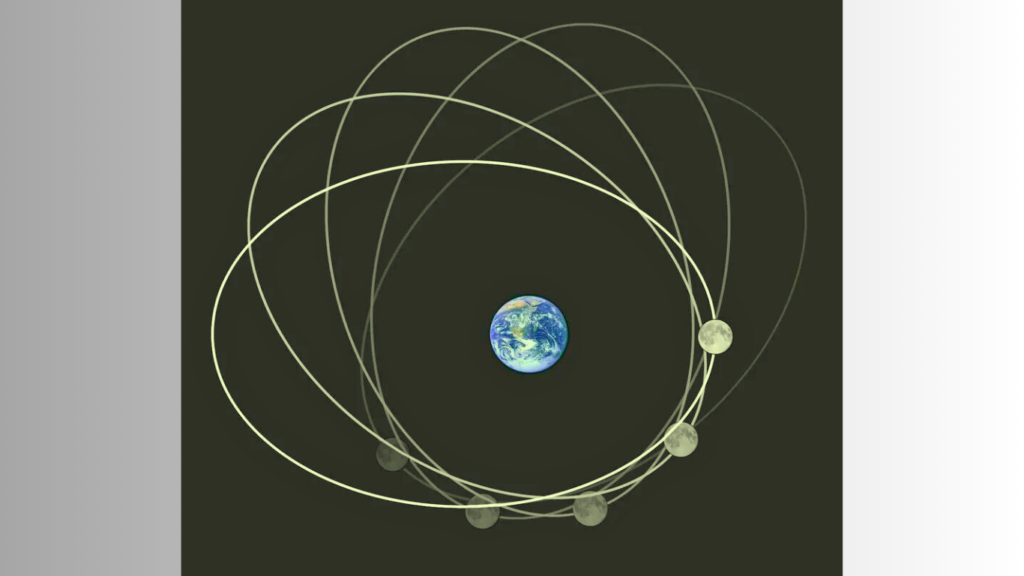
Where and When to Witness the Eclipse
The prime locations to witness this celestial spectacle are in the Western United States, Mexico, and parts of Central and South America. The path of this weekend’s eclipse notably crosses through the Navajo Nation and lands of other Indigenous people in the Four Corners region, where these events hold cultural significance. It’s essential to note that, for the Diné people, cultural traditions dictate avoiding exposure to the eclipse’s light.
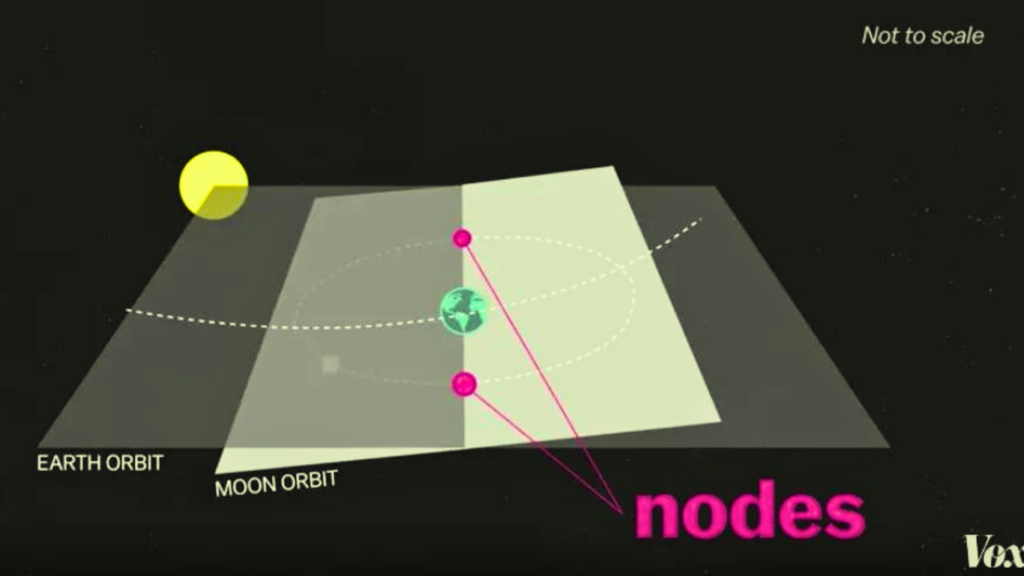
In the United States, the eclipse will be visible from parts of Oregon, California, Idaho, Nevada, Utah, New Mexico, Texas, Colorado, and Arizona, according to NASA. The eclipse will begin in Oregon at 9:13 am Pacific Time and conclude in Texas at 12:03 pm Central Time, subsequently crossing over Mexico, Belize, Honduras, Nicaragua, and beyond to Brazil.
To determine if you are within the path of the eclipse, consult the map below. Only those located within the shaded band will experience the full ring of fire. Alternatively, visit NASA’s eclipse website for an interactive tool to find precise eclipse timings for your location.
Can’t Make It to the Eclipse? Watch Live!
For those unable to be in the eclipse’s path, NASA will provide a live broadcast of the event. This broadcast will allow you to enjoy the eclipse from the comfort of your own home, eliminating the need to venture to a specific location.

Understanding Solar Eclipses
Now, let’s unravel the science behind solar eclipses. A solar eclipse occurs when the moon passes between the Earth and the sun, casting its shadow on our planet. Three essential conditions must align for this captivating event to happen:
- New Moon Phase: Solar eclipses occur during the new moon when the moon’s dark side faces the Earth directly.
- Moon’s Orbit Alignment: The moon’s orbit isn’t perfectly synchronized with the Earth’s, due to a 5-degree tilt. This misalignment means that the moon’s shadow usually misses Earth during most new moons. However, there are specific points in the moon’s orbit, called nodes, where the shadow can fall on Earth. A total eclipse requires the moon to be near one of these nodes.
- Moon’s Distance to Earth: The moon’s orbit is elliptical, not a perfect circle. To achieve a total eclipse, the moon needs to be close to its nearest point to Earth. A farther distance results in an annular eclipse, creating the “ring of fire” effect.
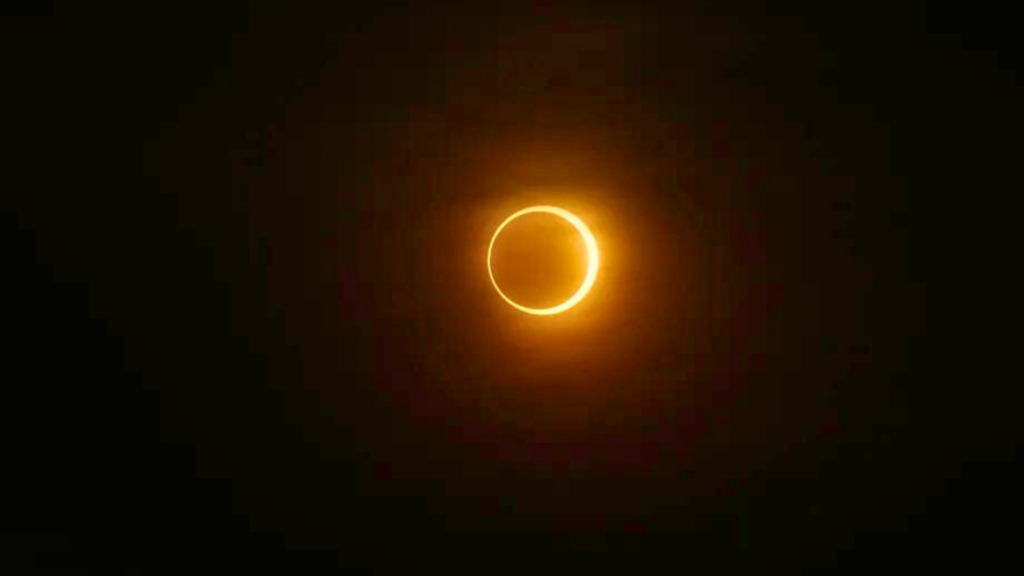
Safely Observing the Eclipse
It’s vital to exercise caution when observing a solar eclipse. Staring directly at the sun, even during an eclipse, can harm your eyes. NASA strongly advises against looking directly at the sun’s rays, as this can cause permanent retinal damage.
To safely observe the eclipse, consider indirect methods, such as projecting the eclipse onto a screen using a pinhole or using specially designed solar filters.
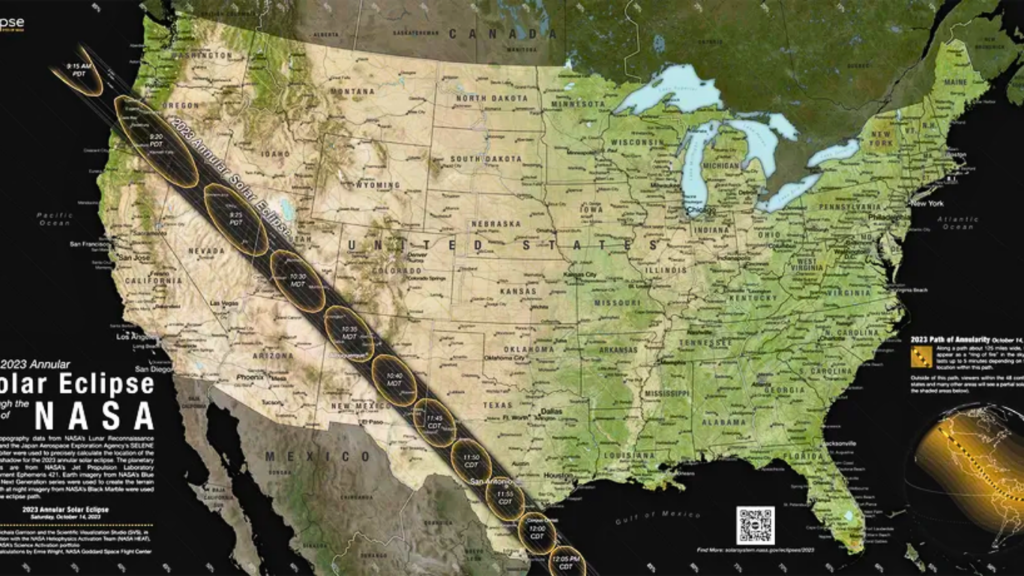
Mark Your Calendar: The Next Eclipse in 2024
If you miss the upcoming eclipse, there’s no need to despair. Another exciting eclipse is on the horizon in 2024. This time, it will be a total eclipse, offering a breathtaking view of the sun’s ethereal corona. This event will take place on April 8, 2024, and pass over a substantial portion of the Eastern United States. Mark your calendars and prepare for a remarkable astronomical experience!
In conclusion, the annular solar eclipse is a rare and captivating event, offering a unique visual spectacle for those fortunate enough to witness it. Remember to prioritize safety when viewing the eclipse and, if you miss this one, look forward to the total eclipse in 2024.


